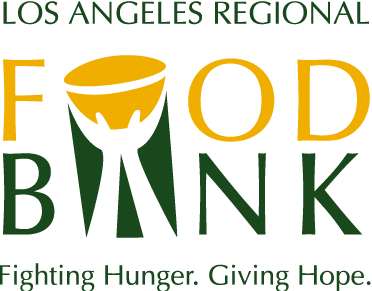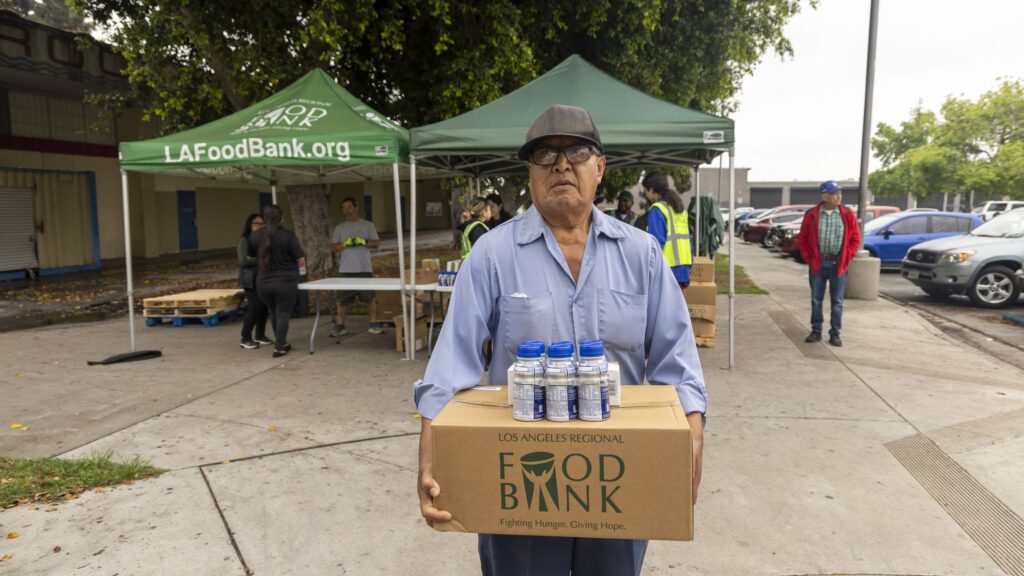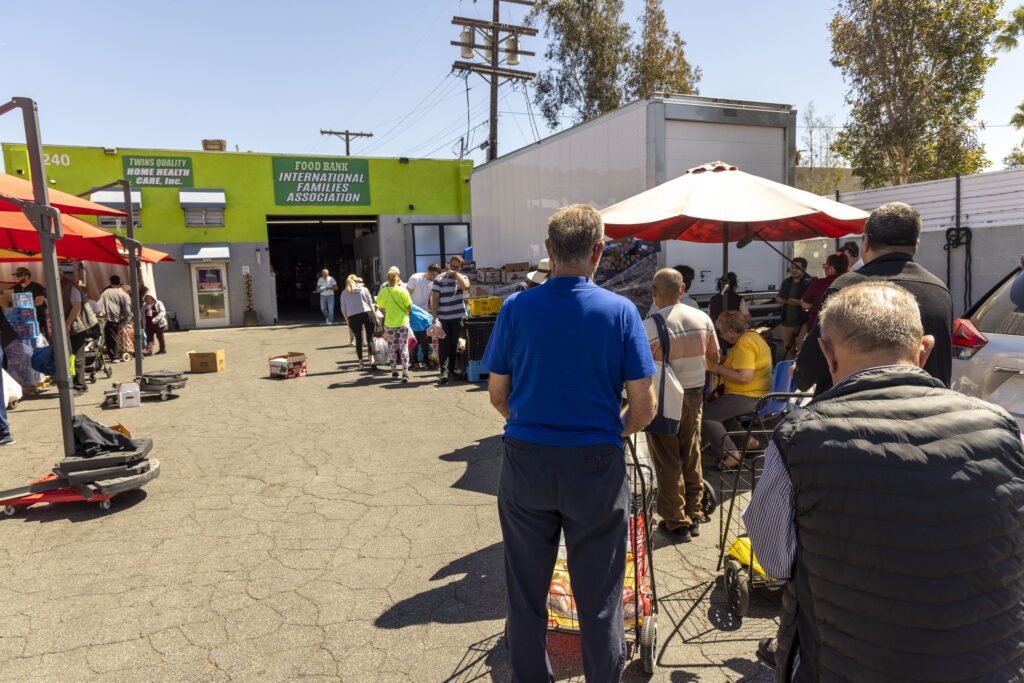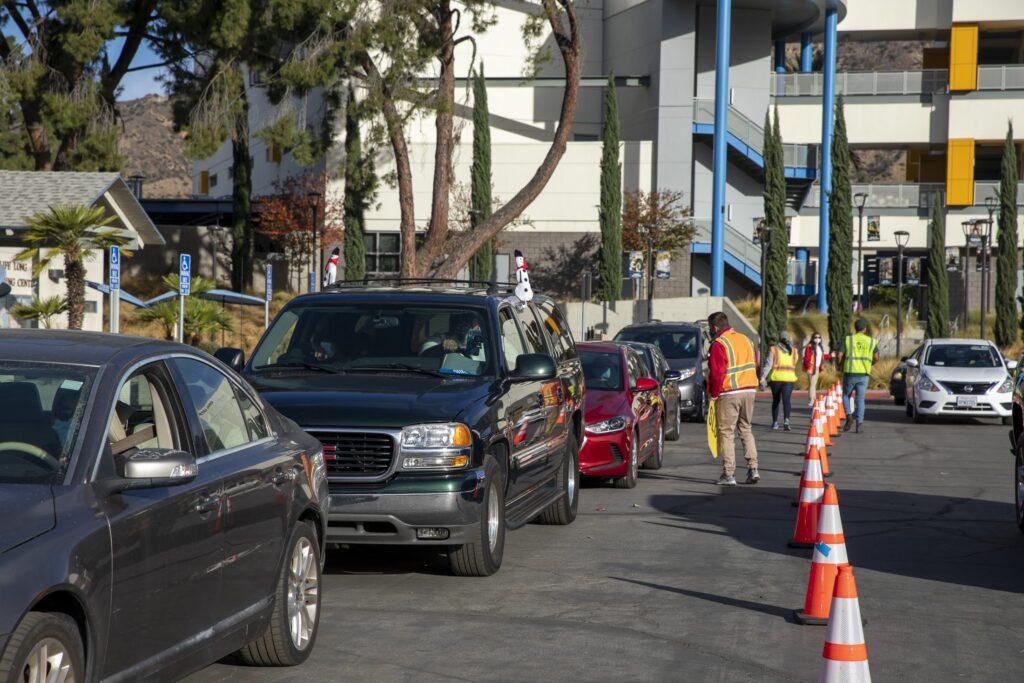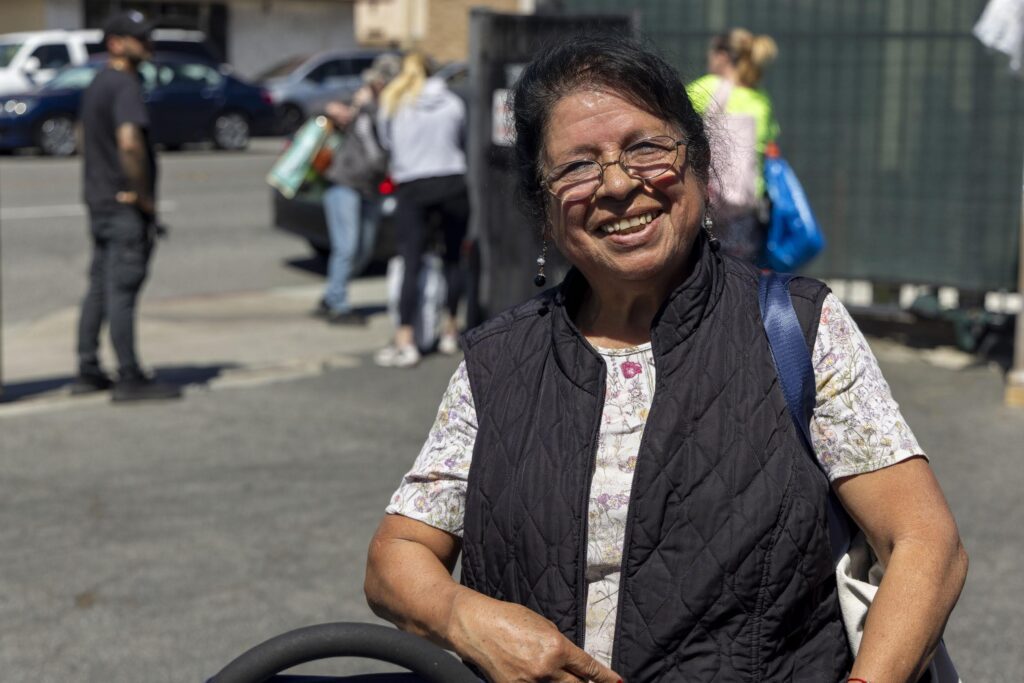What is Food Security?
What is Food Security?
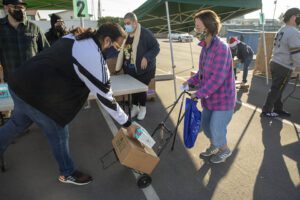
Take a closer look at what food security means and how we can come together as a community to fight food insecurity.
According to the US Department of Agriculture, food security is access by all people at all times to enough food for an active, healthy life.
Los Angeles County is home to one of the nation’s largest populations, and we are also where one of the largest accounts of food insecurity resides. An estimated 1 in 5 people in LA County lived with food insecurity before the pandemic. With the onset of COVID-19, the number of people seeking food assistance has notably increased.
How Does Hunger Relate to Food Security?
While food security and hunger can be connected, they are different concepts. According to Feeding America, hunger refers to a personal, physical sensation of discomfort, while food insecurity refers to a lack of available financial resources for food at the household level.
Hunger Has Many Faces
Before the pandemic, an estimated 10% of the food distributed from the LA Regional Food Bank and our Partner Agencies went to those experiencing home insecurity. A substantial amount of the food assistance went to lower-income individuals and families dealing with high living costs and transportation costs in LA County.
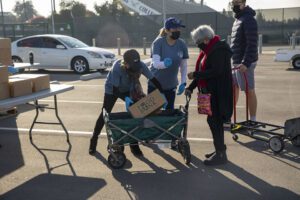
Furthermore, the pandemic has shown us that food insecurity impacts all walks of life, from fixed-income seniors, people with disabilities, low-income working families and more. USC’s Dornsife’s Public Exchange research from 2020 showed that about 20% of the households that faced food insecurity were not low-income and reported a typical income of $60,000 per year and above.
Read the executive summary on the USC Research here >
In 2020 alone, the LA Regional Food Bank distributed 143 million meals through our Partner Agency Network of 700 nonprofits, direct programs and “mega” drive-through distributions such as the SoFi Stadium, the Forum, and the Hollywood Bowl, among hundreds of others. It is important to note that the bulk of the food product flows through community-based organizations that have dramatically increased operations to meet the demand before, during and beyond the pandemic. The Food Bank and our partner agencies went from helping 300,000 food-insecure children, older adults, families and individuals to 900,000 – nearly 1/10th of LA County’s entire population.
What is Basic Needs Security?
Basic needs include food, water, shelter and clothing. This approach to measurement differed from the poverty line – an income level below which people experience poverty. The basic needs measurement does not use the income level as a metric. Instead, it attempts to define the absolute minimum resources needed for physical well-being.
The LA Regional Food Bank believes that every family deserves regular access to the nutritious food needed to thrive and succeed. It is why we work tirelessly alongside other dedicated community partners until our vision is achieved: no one goes hungry in LA County.
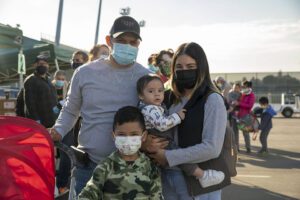
With the help of our community, the Food Bank has distributed more than 1.7 billion pounds of food, the equivalent of 1.35 billion meals since 1973. The total value of food and grocery products distributed since the Food Bank’s inception is $2.3 billion.
How Can I Get Involved in the Fight Against Hunger?
Working to provide more food security for our neighbors in need, the Food Bank relies on the community’s generosity. In 2020, 98.6% of the Food Bank’s revenue went straight to our programs and services that help 900,000 people each month, allowing your donation to go a long way. Whether you donate monthly, stocks, a vehicle or a one-time gift, your contribution goes toward the 1 in 5 food-insecure residents in need.
Another way to fight hunger is to start a virtual fundraiser, encouraging your network and community to join forces to fundraise for people in need. For WeFeedLA ideas such as eight-year-old Quinn donating proceeds from his hand tie-dye business and steps on how to set up your fundraiser, visit our WeFeedLA homepage.
Volunteering provides a unique opportunity to collaborate with other like-minded individuals where a few hours of your time can make a huge difference for someone in need. For a list of more ideas to get involved, please visit 6 Ways to Get Involved During Hunger Action Month (and beyond).

